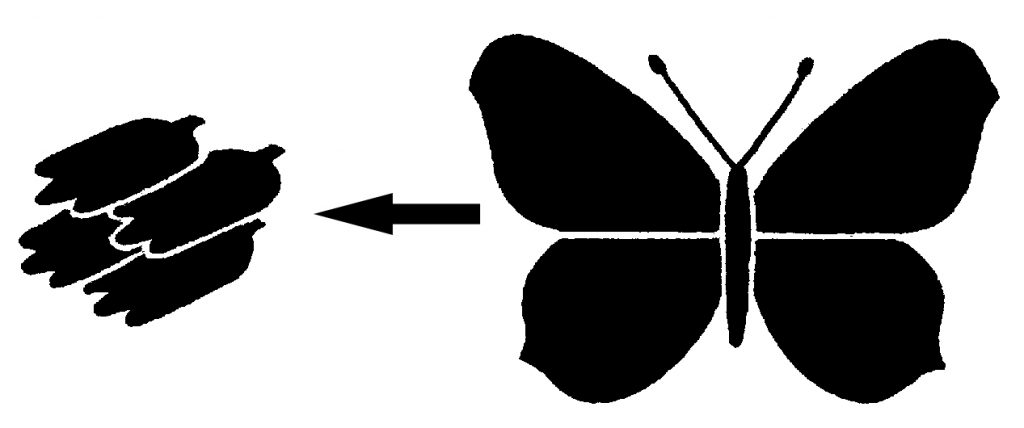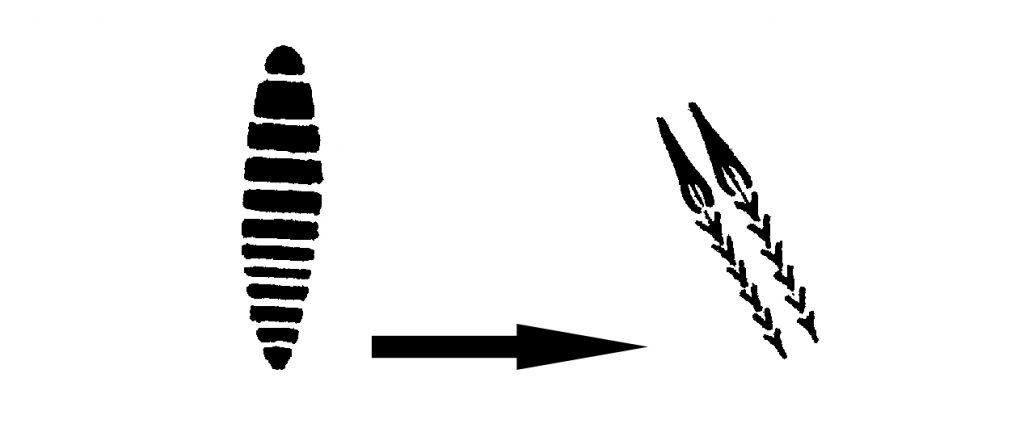Some of the insects, mites and other arthropods occurring indoors may have a direct or indirect influence on our health and well-being. In other words, they may become a hygiene problem.
Invertebrates carrying disease or causing annoyance

Some blood-sucking and stinging arthropods may cause pain by their attacks on the skin (see p. 33). Others may increase sensitivity, as mites do, for example, in the case of asthma (see p. 35). In rare cases the presence of certain in- vertebrates in foodstuffs may constitute a danger to health, as for instance when there are fly larvae in meat or large numbers of mites in cereal products. In addition, the mere presence of completely harmless animals has a depressing effect on certain people. There are several transitional stages from general malaise to a state of anxiety neurosis, sometimes with hallucinations, in which the patient believes that he or she is being persecuted by these small animals.
Invertebrates and the spread of disease
There are two principal ways in which pathogenic micro-organisms can be transmitted by invertebrates. In some cases a disease may be completely dependent upon certain species of insect or mite and can be transmitted only by them. Well-known examples are yellow fever and sleeping sickness, which do not occur in temperate regions, and malaria, which has, in practical terms, been exterminated in Europe.

In these diseases the micro-organisms have to pass through part of their developmental cycle in the gut of the insect before they can be transmitted to a human at the next session of blood sucking. In other diseases, such as typhus, which is transmitted by head lice, and plague, which is transmitted by rat fleas, the infective organisms arrive on the skin in the faeces of the insect and reach the host’s blood stream by way of small skin abrasions caused, for example, by scratching.
In other cases transmission is more a matter of chance, as for example when insects such as houseflies, blowflies, cockroaches and Pharaoh ants pick up pathogenic micro-organisms from carrion, offal and dunghills and pass them elsewhere.
There is always a chance that intestinal and other infections may be transmitted when insects land on foodstuffs which are not to be subsequently cooked or washed, and particularly if the micro-organisms have an opportunity to breed for a day or two.
It is very difficult to estimate the extent to which dissemination by insects plays a part comparable to other methods of transmission, e.g. directly through the air and by contact. However, invertebrates must in all cases be regarded as undesirable wherever there is a demand for strict hygiene, as in laboratories, in hospitals and in any establishment where food is produced or processed.




